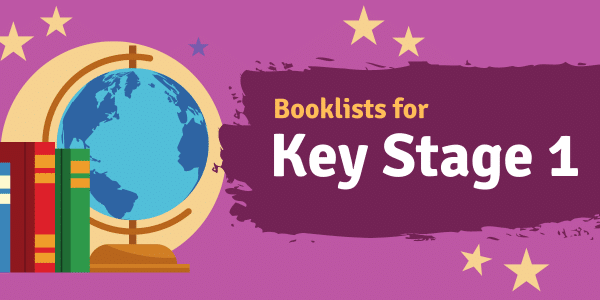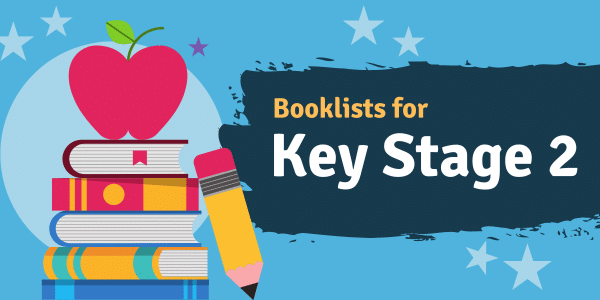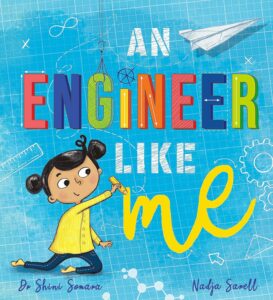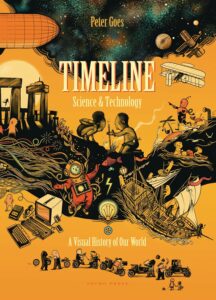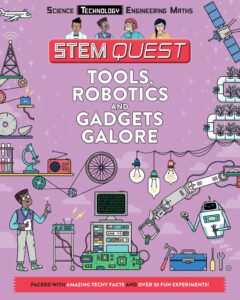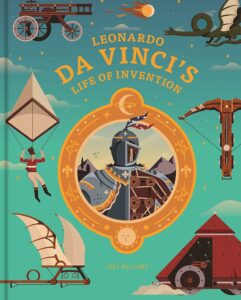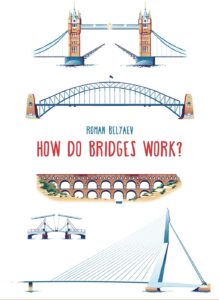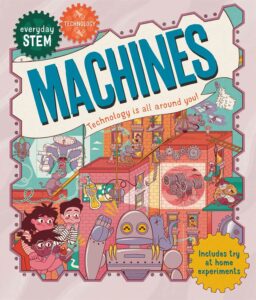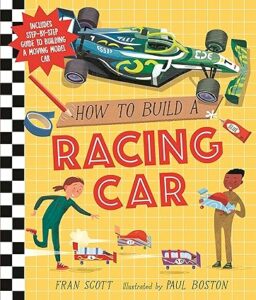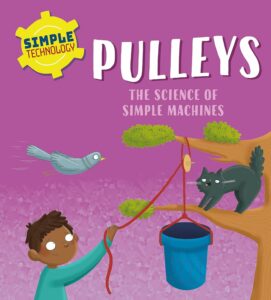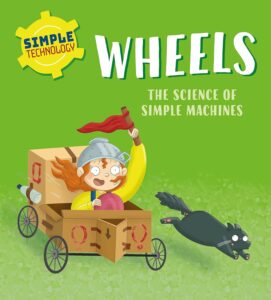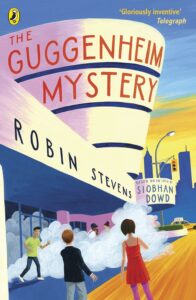Inventive illustrations and an empowering story combine to introduce young readers to the world of engineering, creative thinking and problem-solving.
Zara is curious about everything! Travelling around the city with her gran, she sees all kinds of fascinating things. How do roller coasters do loop-the-loops? How do planes stay up? As she marvels about how they work, Zara learns about some of the brilliant engineers who have shaped the world around her. Soon she can’t wait to start creating her own amazing inventions and become an engineer too!
With pages encouraging kids to try out their very own engineering experiments such as constructing the perfect paper aeroplane and safely dropping an egg from a height, this brilliant picture book written by engineer and TV presenter Dr Shini Somara unlocks a love of engineering and celebrates women in STEM.








